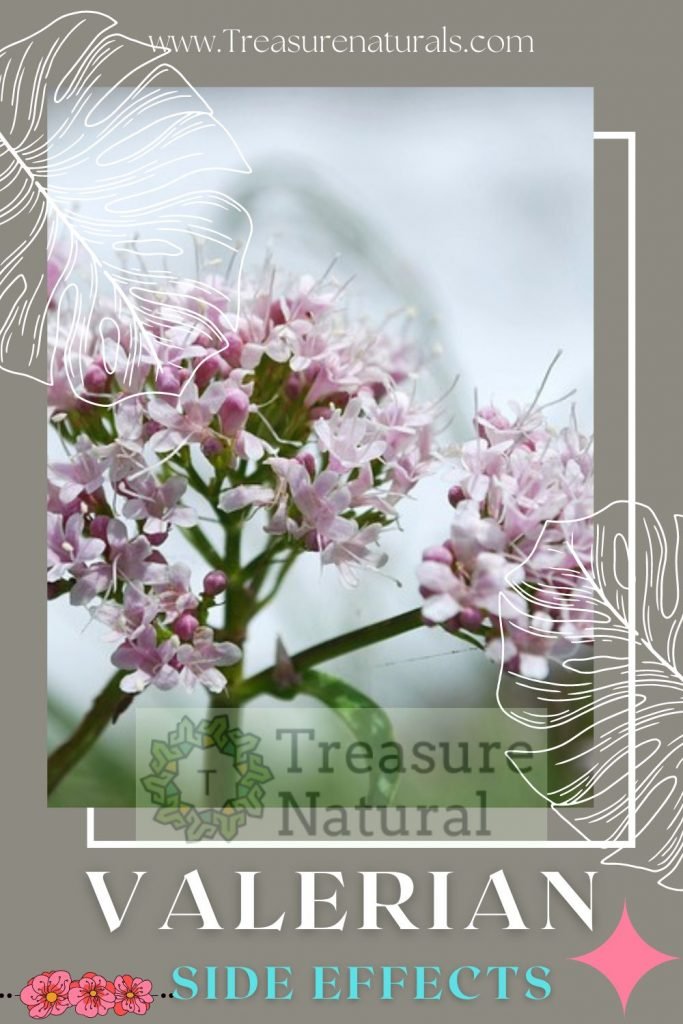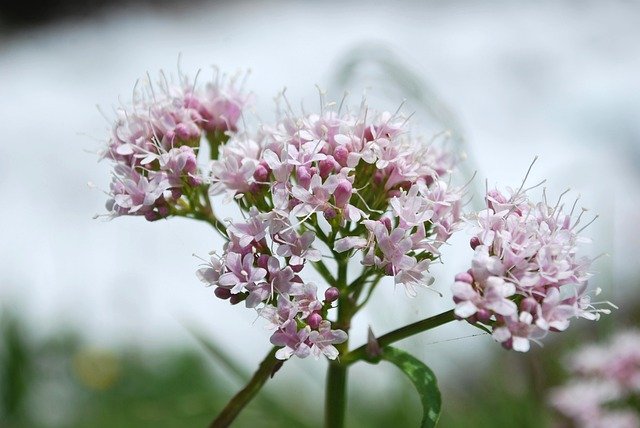
Valerian (Valeriana officinalis) is a plant of the Valerianaceae family used for medicinal purposes since the past.
Its name comes from the Latin, valere, which means “to be healthy“. Also known as cat grass, valerian is rich in flavonoids and alkaloids and has a sedative action, useful against insomnia and anxiety. Let’s find out the characteristics and side effects of valerian.
Valerian: characteristics and properties
Valerian is a herbaceous and perennial plant. The stem is erect and furrowed on the surface by grooves, while the roots are fibrous and give off an unpleasant odor.
The leaves of valerian are opposite, composed and imparipinnate, consisting of 11-19 leaflets. The flowers, on the other hand, are slightly fragrant and gathered to form an inflorescence called corimbo. Finally, the fruit is a striated achene provided with feathery bristles that help dispersion by means of the wind.
Valerian is mainly used the root which is rich in essential oils, alkaloids and flavonoids. Thanks to the presence of esters of valerian acids and iridoids, valerian is able to regulate neuronal excitability throughout the nervous system by inducing a feeling of relaxation and sleep.
In addition to the well-known anti-insomnia properties, valerian is also useful in case of cramps and against irritable bowel, because the terpenes it possesses can act as agonists with adenosine receptors and be partly responsible for the spasmolytic action on smooth muscles.
Side effects of Valerian

Valerian can have some side effects, especially in case of continuous and prolonged use. When this happens, the onset of symptoms such as:
- migraine
- high blood pressure
- insomnia
- excitability.
In addition, it is not recommended to take valerian both during pregnancy and lactation, and also when taking barbiturates because the herb could increase the sedative action.
At high doses (900 mg per day of dry extract) and for prolonged periods, in addition, cases of delirium with tachycardia crises have occurred.






